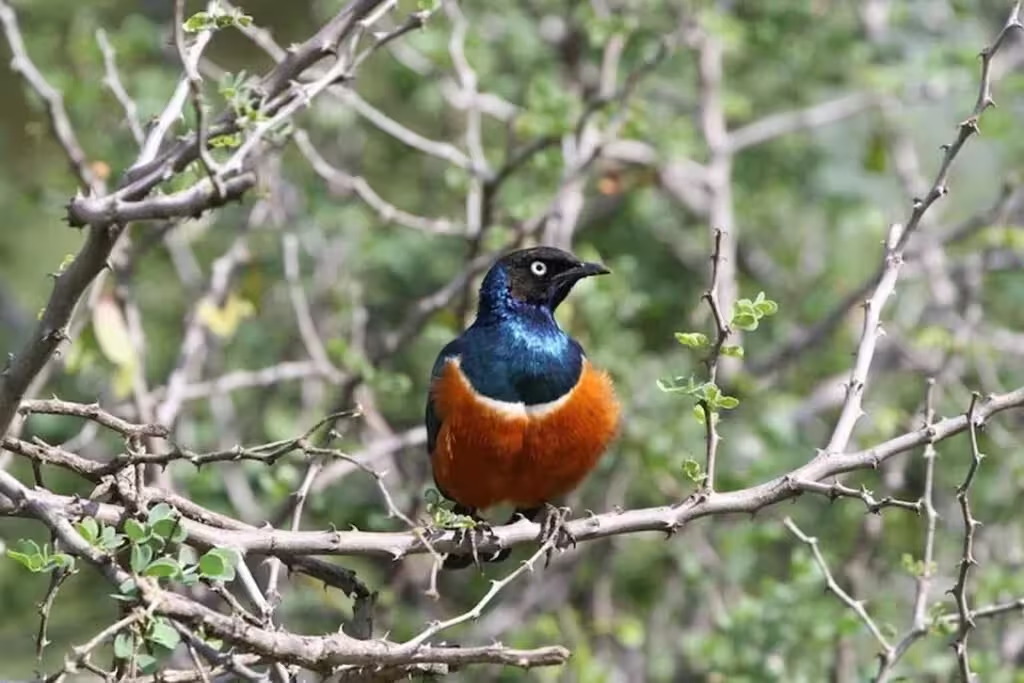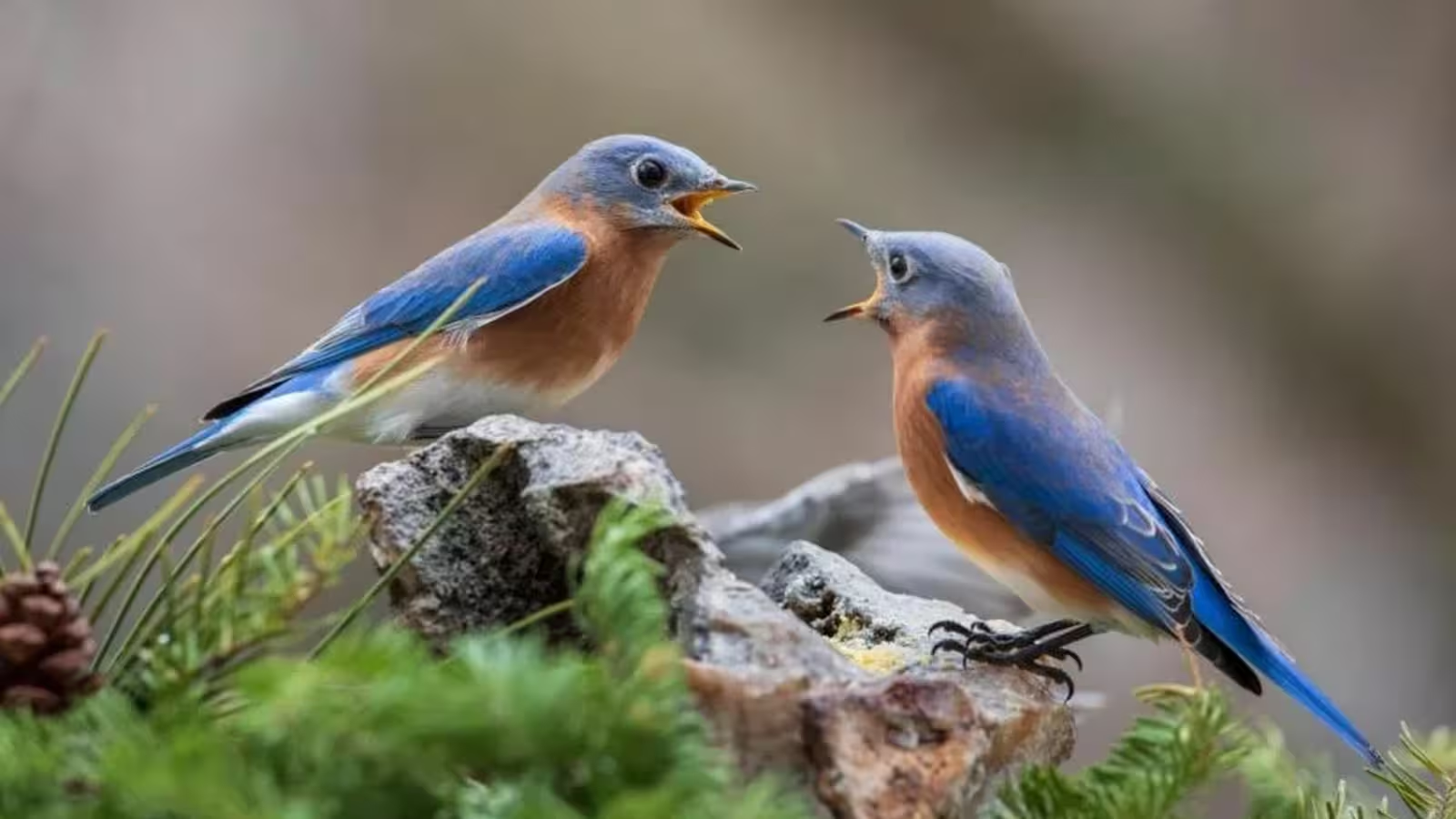3 Minutes
Understanding Social Bonds in the Animal Kingdom
For decades, scientists believed that the formation of enduring friendships and reciprocal cooperation were traits exclusive to humans. However, a comprehensive new study has challenged this notion, revealing that some bird species, particularly the African starling, establish long-lasting, mutually beneficial relationships—even among unrelated individuals. This discovery provides a new perspective on the evolution of social behaviors and highlights unexpected complexity within animal societies.
Decades-Long Study of African Starlings Unveils Surprising Behaviors
A research team led by Professor Dustin Rubenstein at Columbia University spent over 20 years meticulously observing African starlings in the challenging environments of East Africa’s savannahs. Their work, recently published in the journal Nature, combined detailed behavioral observations with genetic analysis across 40 breeding seasons. This comprehensive approach allowed them to trace thousands of interactions among hundreds of birds, providing robust data on patterns of cooperation.
Collaboration Beyond Family Ties
While previous biological research has established that animals often assist close relatives—helping to preserve shared genetic heritage—the African starling study uncovered widespread cooperation even among non-relatives. Birds were frequently observed helping not only kin but also unrelated members of their social groups. Crucially, these acts of assistance were not random; rather, they tended to be strategically reciprocated, evolving into long-term systems of mutual aid. Many of these cooperative relationships persisted across multiple years, mirroring the kind of enduring friendships seen in human societies.

The Science Behind Reciprocal Cooperation in Birds
To disentangle the underlying social structures, researchers employed DNA sampling to elucidate genetic relationships within starling communities. They found that although birds prefer helping relatives when available, a significant proportion engaged consistently with non-relatives. Remarkably, reciprocal aid was observed even when kin were present to provide support, suggesting that these birds intentionally foster and maintain long-term alliances beyond genetic boundaries.
Professor Rubenstein explains, “African starling societies are not just simple family units. They are intricate social networks composed of both relatives and non-relatives who cohabitate, cooperate, and build relationships much like humans do.”
Broader Implications for Social Evolution
The difficulty in documenting these kinds of relationships in animals stems from the need for extensive, long-term data—something this research achieved by spanning two decades. The findings raise the possibility that reciprocal cooperation and persistent friendships may be more widespread among animals than previously acknowledged. Rubenstein’s team has explored a diverse array of animal societies—including Caribbean snapping shrimps and African bees—and suspects that similar undiscovered social structures may exist in many more species.
Conclusion
This pioneering study provides compelling evidence that complex social bonds and long-term friendships are not unique to humans. The behavioral complexity observed in African starlings broadens our understanding of animal cooperation, suggesting that lasting reciprocal relationships could be fundamental to the evolution of sociality in the natural world. As scientific methods and long-term studies expand, the rich tapestry of animal societies continues to reveal itself—offering fresh insight into the origins of friendship, cooperation, and community, both for birds and ourselves.


Comments